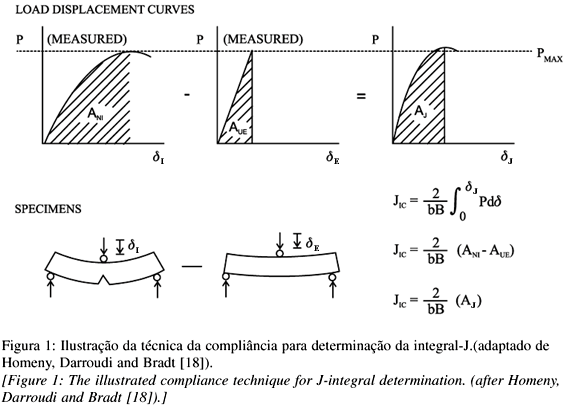Fracture of refractories is considered from the traditional strength point of view and from the perspective of fracture mechanics. Strength and fracture toughness are related through the aggregate sizing of refractories, which illustrates the importance of the microstructural aspects of the refractory aggregate to the strength. The J-integral analysis methodology and the wedge-splitting experimental technique are both reviewed, as they are useful to address the nonlinear load-displacement character of refractories. The latter is associated with the concept of a rising R-curve, which is discussed from the phenomenological point of view. The rising R-curve is directly related to the refractory aggregates through toughening mechanisms that are active in the crack process zone, both in the front of and behind an extending crack. The refractory toughening processes are responsible for the nonlinear portions of the stress-strain and load-displacement curves, or diagrams and the rising R-curves. Thermal shock damage, which is originally addressed from the conventional strength viewpoint is then considered within the rising R-curve concept. It is concluded that the refractory aggregates, their size and distribution in a refractory body, assume an absolutely critical role in refractory fracture phenomena. This is because of the crucial role that aggregates assume in he following wake region of a crack. The aggregate distribution must be the focus of microstructural design for improved fracture characteristics when all other factors are equal in a refractory body.
fracture; refractories






